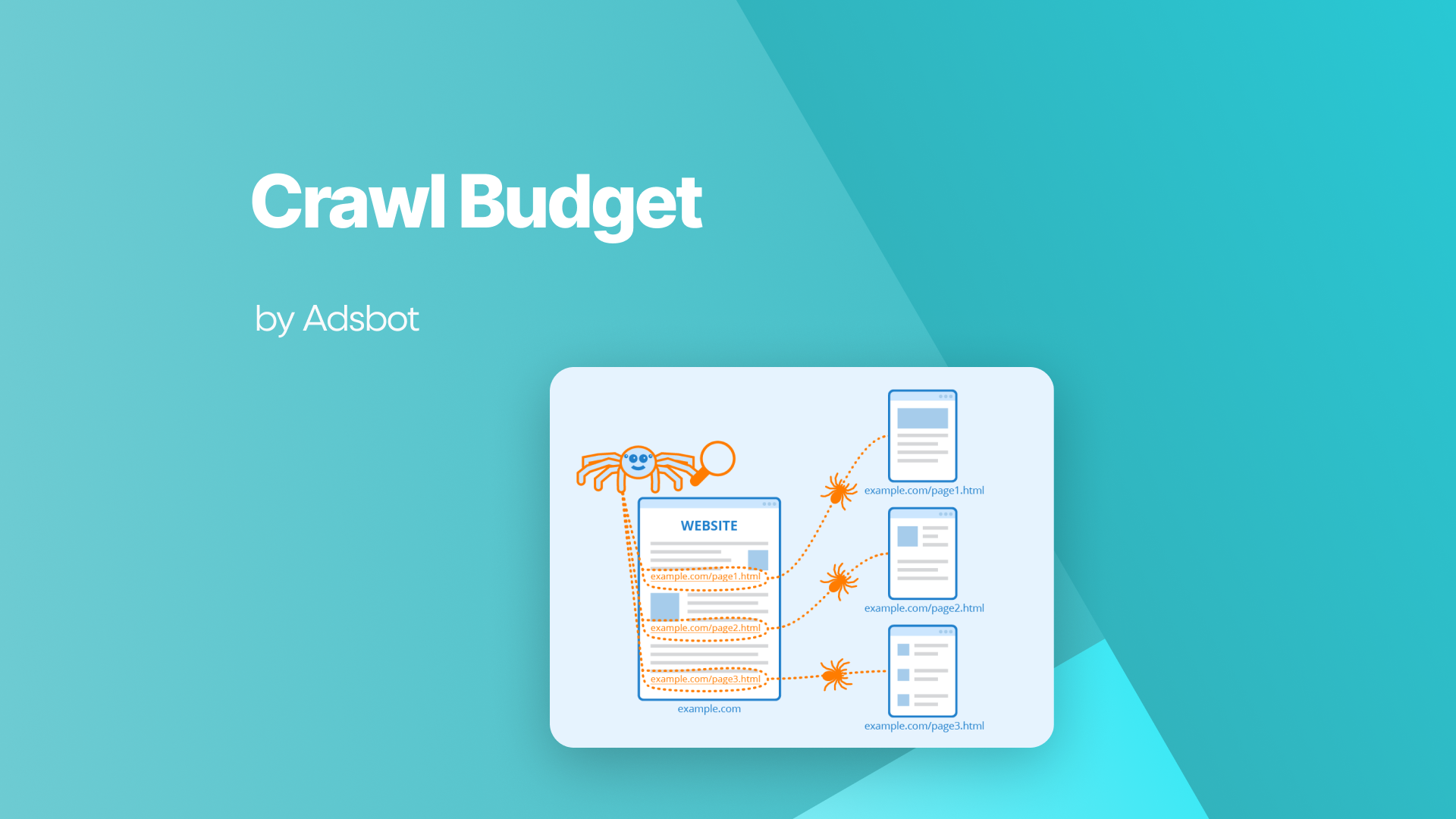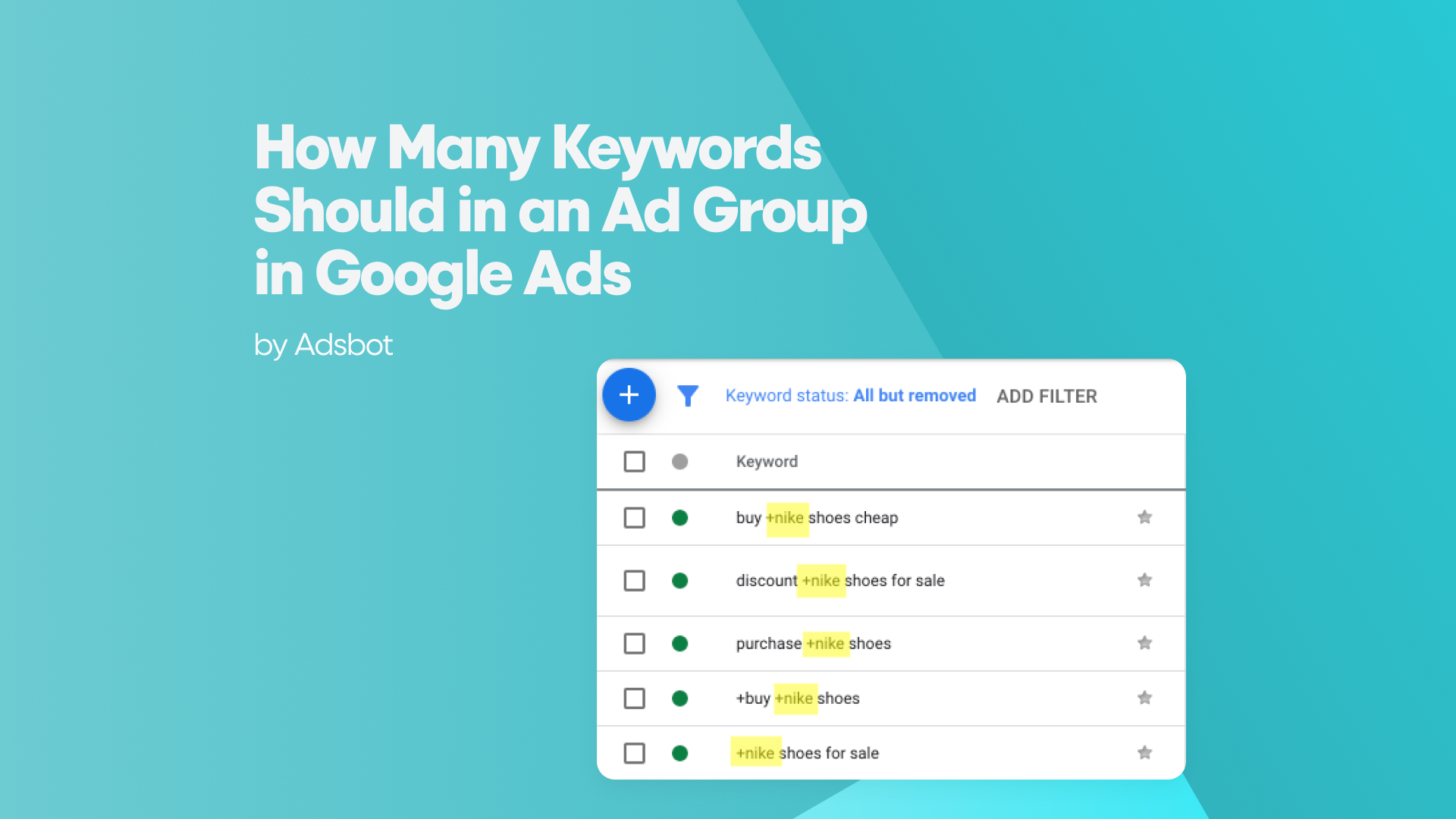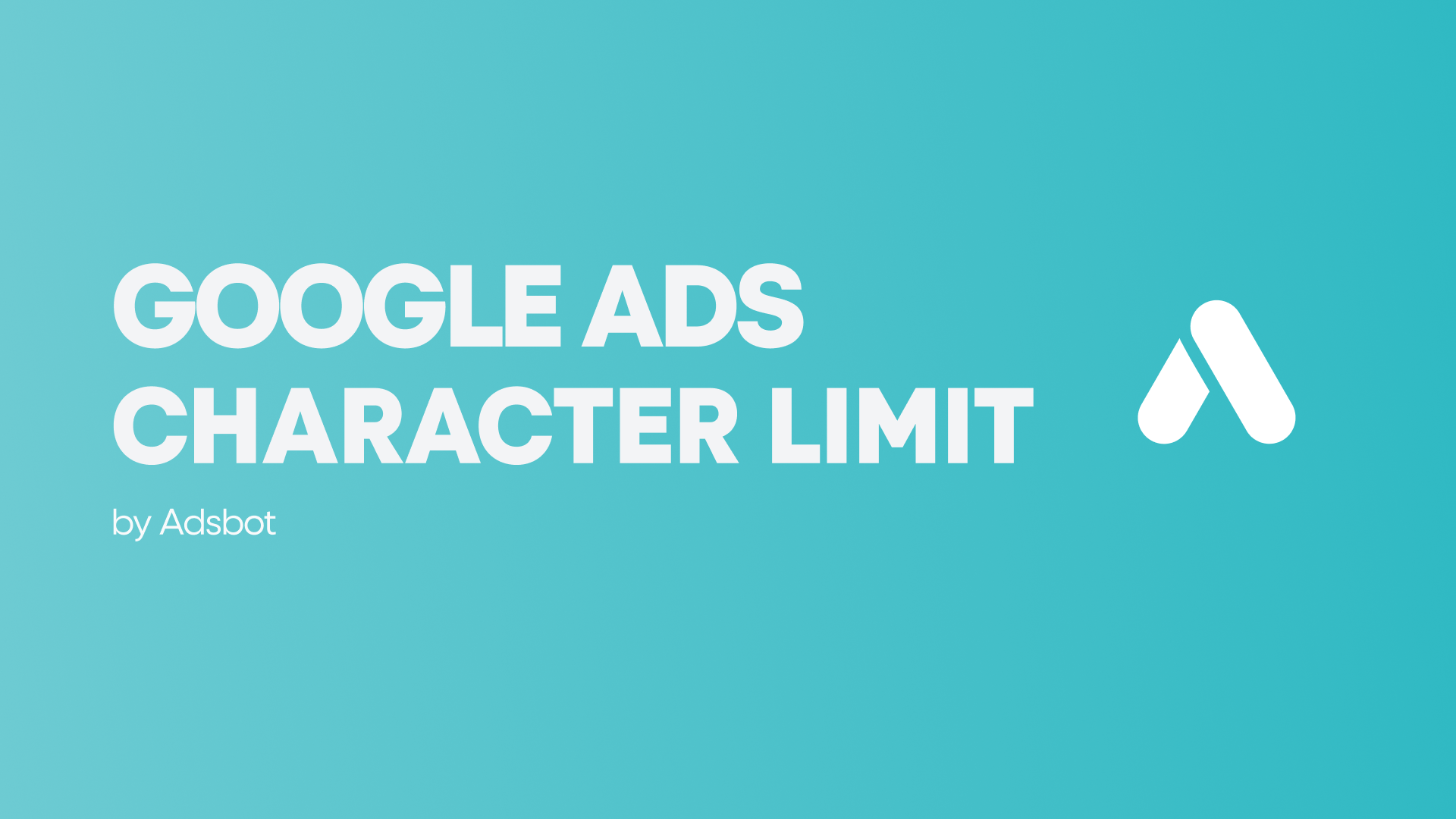In the vast and ever-evolving landscape of search engine optimization (SEO), where algorithms dictate the ebb and flow of digital visibility, the concept of “crawl budget” emerges as a pivotal determinant of a website’s success in the competitive realm of organic search.
What Is Crawl Budget?
Crawl budget transcends its superficial definition, morphing into a complex interplay of technological intricacies and strategic maneuvers that dictate the digital destiny of websites. Amidst this labyrinthine landscape, Google emerges as the formidable guardian of the digital realm, wielding its algorithms like a titan shaping the fate of websites in the vast expanse of cyberspace. Within the enigmatic realm of crawl budget allocation, three pillars reign supreme: crawl rate, crawl demand, and crawl priority. Each pillar casts its unique shadow, exerting a profound influence on the frequency and extent to which a website’s content is scrutinized and cataloged by the tireless crawlers prowling the digital domain. Crawl rate, the first pillar, dictates the velocity at which search engine bots traverse the digital terrain. A higher crawl rate signifies a frenetic exploration of a website’s content repository, propelling the relentless bots on a whirlwind journey through the labyrinthine corridors of cyberspace.
Meanwhile, crawl demand emerges as the barometer of a website’s desirability and relevance in the discerning eyes of search engines. Websites adorned with a cloak of popularity and authority commandeer a larger slice of the coveted crawl budget pie, drawing the gaze of search engine bots with an irresistible gravitational pull. Factors such as the illustrious backlink profile, the tantalizing freshness of content, and the captivating metrics of user engagement contribute to a website’s allure, ensuring the attention of the digital behemoths prowling the virtual landscape. Crawl priority, the final pillar, serves as a reflection of a website’s perceived significance and importance in the grand tapestry of search engine indices.
Websites anointed with the mantle of higher crawl priority bask in the spotlight of preferential treatment, as search engine bots allocate a disproportionate share of their resources to scouring and indexing their hallowed content. Domain authority, content quality, and historical performance converge in a symphony of algorithmic orchestration, shaping the fate of websites in the cutthroat arena of organic search.
In this labyrinth of digital intrigue, crawl budget emerges as a formidable force, shaping the destiny of websites and paving the path to prominence in the competitive landscape of cyberspace. Through a delicate dance of technological prowess and strategic finesse, websites can navigate the complexities of budget allocation, charting a course towards enhanced visibility, and digital dominance in the ever-evolving realm of SEO.
Why Is Crawl Budget Important for SEO?
The significance of crawl budget in the realm of SEO cannot be overstated—it stands as a linchpin in the intricate machinery of search engine optimization, wielding profound implications for a website’s accessibility, visibility, and ultimately, its success in the digital arena. At its core, crawl budget serves as the gateway through which search engine bots traverse the digital landscape, scouring websites for fresh content, updates, and critical pages that merit inclusion in search engine indices.
Websites blessed with a generous crawl budget enjoy a distinct advantage in the competitive landscape of organic search. With ample resources at their disposal, these websites are afforded the privilege of having their content crawled and indexed expeditiously, ensuring that their latest updates, freshest content, and critical pages are promptly assimilated into the digital tapestry of search engine indices. This expeditious indexing not only enhances the website’s visibility and accessibility but also augments its potential to rank prominently in search engine results pages (SERPs), capturing the attention of users seeking relevant information or solutions.
Conversely, websites constrained by crawl budget limitations may find themselves grappling with the specter of obscurity in the vast expanse of the digital realm. As delays in indexing new content or updates impede their ability to compete effectively for relevant search queries and keywords, these websites risk languishing in the shadows, overshadowed by competitors with more favorable crawl budget allocations. In a landscape where visibility is synonymous with relevance and prominence, such constraints can prove detrimental to a website’s aspirations of organic search success.
How Does Google Determine the Crawl Budget?
The allocation of crawl budget by Google is shrouded in a veil of algorithmic complexity, shaped by an intricate interplay of signals and metrics that collectively govern the crawling and indexing behavior of search engine bots. From crawl rate limits and server responsiveness to URL structure and content quality, a plethora of factors inform Google’s decision-making process when apportioning crawl budget to individual websites.
Websites that boast impeccable technical optimization, deliver high-quality, relevant content, and exhibit robust crawlability are more likely to garner favor in Google’s eyes, earning themselves a more generous slice of the crawl budget pie. Conversely, websites plagued by technical deficiencies, sluggish load times, or low-quality content may find themselves relegated to the outskirts of Google’s crawling radar, their visibility and discoverability compromised as a result.
How Does the Crawling Process Work?
The intricate ballet of crawling unfolds when a search engine bot, such as the ubiquitous Googlebot, embarks on a quest to discover and index new content across the vast expanse of the internet. Armed with algorithms and heuristics, Googlebot scours the digital landscape in search of fresh URLs, which it discovers through an array of channels, including sitemaps, internal links, and external references.
Once a URL is unearthed, Googlebot initiates a series of requests to the website’s server, retrieving the page’s content for analysis and indexing. During this process, Googlebot traverses the labyrinthine network of internal links interwoven within the website, delving deeper into its content hierarchy to uncover hidden gems and undiscovered treasures.
As Googlebot traverses the digital terrain, it employs a judicious algorithmic calculus to prioritize pages for crawling, weighing factors such as relevance, authority, and freshness in its decision-making process. Pages deemed to possess greater significance and relevance are accorded preferential treatment, ensuring that the most valuable and up-to-date content is promptly assimilated into Google’s ever-expanding index.
Conclusion
In conclusion, the labyrinthine nexus of crawl budget optimization stands as a testament to the intricate dance between technology and strategy in the realm of SEO. By comprehending the nuances of crawl budget allocation and mastering the art of technical optimization, businesses can unlock the gates to enhanced visibility, improved indexing efficiency, and elevated search engine rankings.
As the digital landscape continues to evolve and algorithms evolve, the strategic management of crawl budget emerges as a linchpin of SEO success, empowering businesses to navigate the ever-changing currents of digital discovery with finesse and efficacy. By embracing crawl budget optimization as a core tenet of their SEO strategy, businesses can chart a course towards sustained growth, heightened visibility, and unparalleled success in the digital arena.
Popular Posts
-
Google Ads Script for Dummies: An Introduction
Imagine you have an e-commerce website that sells licensed superhero…
Read more -
How Many Keywords Should in an Ad Group in Google Ads?
Are you new to Google Ads and trying to…
Read more -
Google Ads Character Limits
Google Ads has character limits for various elements of an…
Read more -
All You Need to Know Before Starting Your Keyword Research
So, you have built your business and the time has…
Read more
Register for our Free 14-day Trial now!
No credit card required, cancel anytime.





